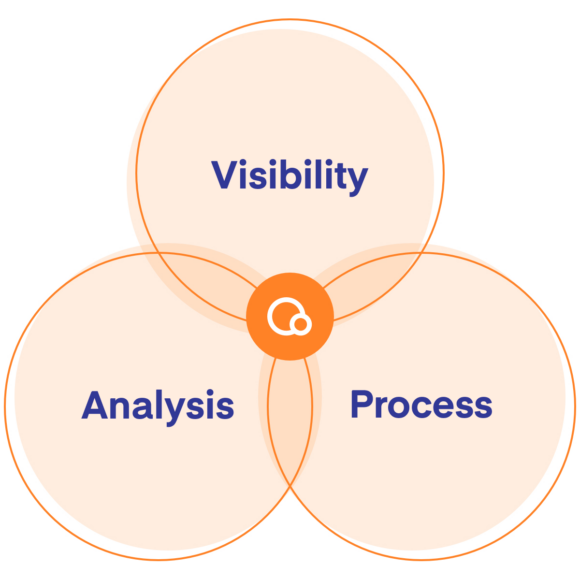Transactions, technologies and trends
Category: Spend analysis
Spend analysis
Spend analysis is a strategic process used to examine and categorize an organization’s expenditures systematically. This analysis transforms raw procurement data into actionable insights, enabling organizations to understand how financial resources are allocated across categories, suppliers, and departments. By leveraging these insights, spend analysis plays a critical role in optimizing procurement strategies, controlling costs, and enhancing financial decision-making.
Core components
- Data collection: The process begins with gathering procurement data from diverse sources, including purchase orders, invoices, contracts, and expense reports.
- Categorization: Collected data is classified into spend categories, providing clarity on which areas and activities account for the most significant expenditures.
- Supplier assessment: Key suppliers are identified and evaluated based on their costs, quality, reliability, and overall contribution to the supply chain.
- Savings opportunities: Identifying patterns and trends that reveal potential cost-saving opportunities, such as supplier consolidation, renegotiating contracts, or streamlining procurement workflows.
- Risk mitigation: The process helps uncover risks related to supplier dependency, non-compliance with policies, or vulnerabilities to price fluctuations.
- Data cleansing and enrichment: Data is refined and enhanced to ensure consistency and accuracy, thereby improving the reliability of analytical results.
- Visualization and reporting: Results are often presented through dashboards and comprehensive reports, making the insights accessible and interpretable for stakeholders.
Benefits of spend analysis
- Cost control: Organizations can implement targeted cost-saving measures by identifying overspending and inefficiencies.
- Strategic sourcing: Insights from spending patterns enable better negotiation with suppliers and the development of effective sourcing strategies.
- Compliance: Spend analysis ensures alignment with procurement policies and regulatory requirements, minimizing risks of non-compliance.
- Optimized budget allocation: By identifying spending trends, organizations can allocate budgets more effectively to priority areas.
- Enhanced decision-making: Decision-makers have accurate, data-driven insights that inform resource allocation and strategic initiatives.
- Continuous improvement: By identifying trends and deviations, spend analysis promotes ongoing refinement of procurement strategies and operational processes.
The role of technology in spend analysis
Advanced analytics tools and technologies are essential to spend analysis, enabling the transformation of vast amounts of procurement data into meaningful insights. Automated systems for data cleansing, categorization, and reporting reduce manual effort and enhance accuracy, allowing organizations to act swiftly and strategically.
By integrating spend analysis into their procurement processes, organizations can achieve improved cost management, strengthened supplier relationships, and greater financial stability.
Learn more about how spend analysis drives better procurement decisions and operational excellence.
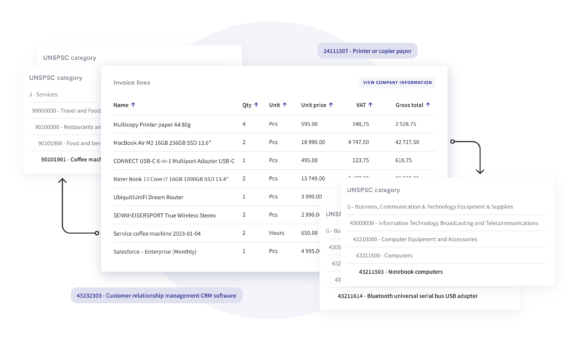
The United Nations Standard Products and Services Code (UNSPSC) is a globally recognized classification system for products and services. It provides a standardized way of categorizing various goods and services across different industries.
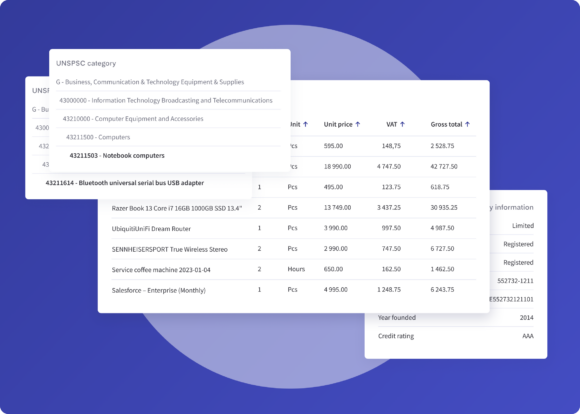
In today’s data-driven world, businesses constantly seek innovative ways to extract value from their vast amounts of information. One valuable asset that often goes untapped is structured business data.
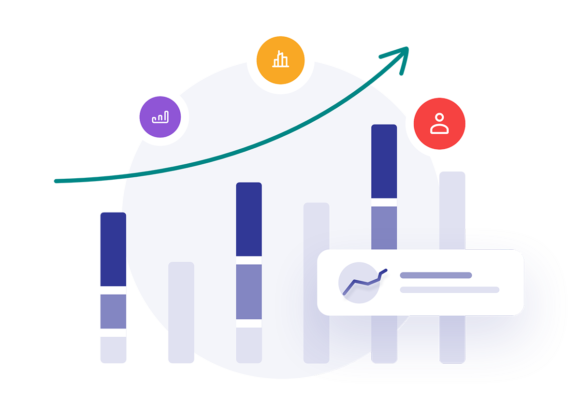
Structuring and classifying your data Effective classification of transactions — insights into what is flowing through your organization in terms of invoices and expenditures …
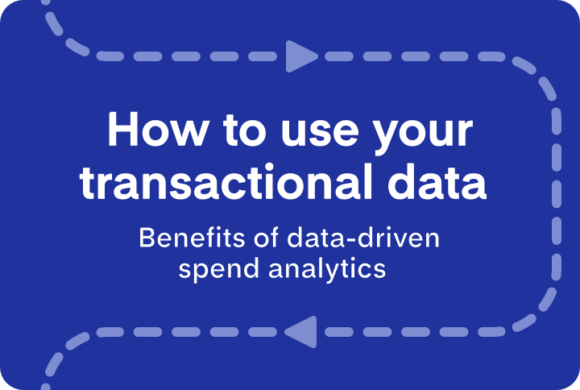
Get more value from your transactional data. Discover the benefits of data-driven spend analytics and start improving your procurement strategies today. Your organization’s transactional …
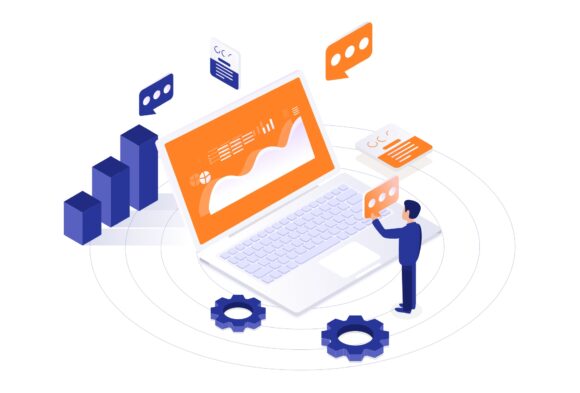
Businesses go through complex processes to purchase the office supplies, services, equipment, hardware, or raw materials they need to maintain operations or production lines. …
